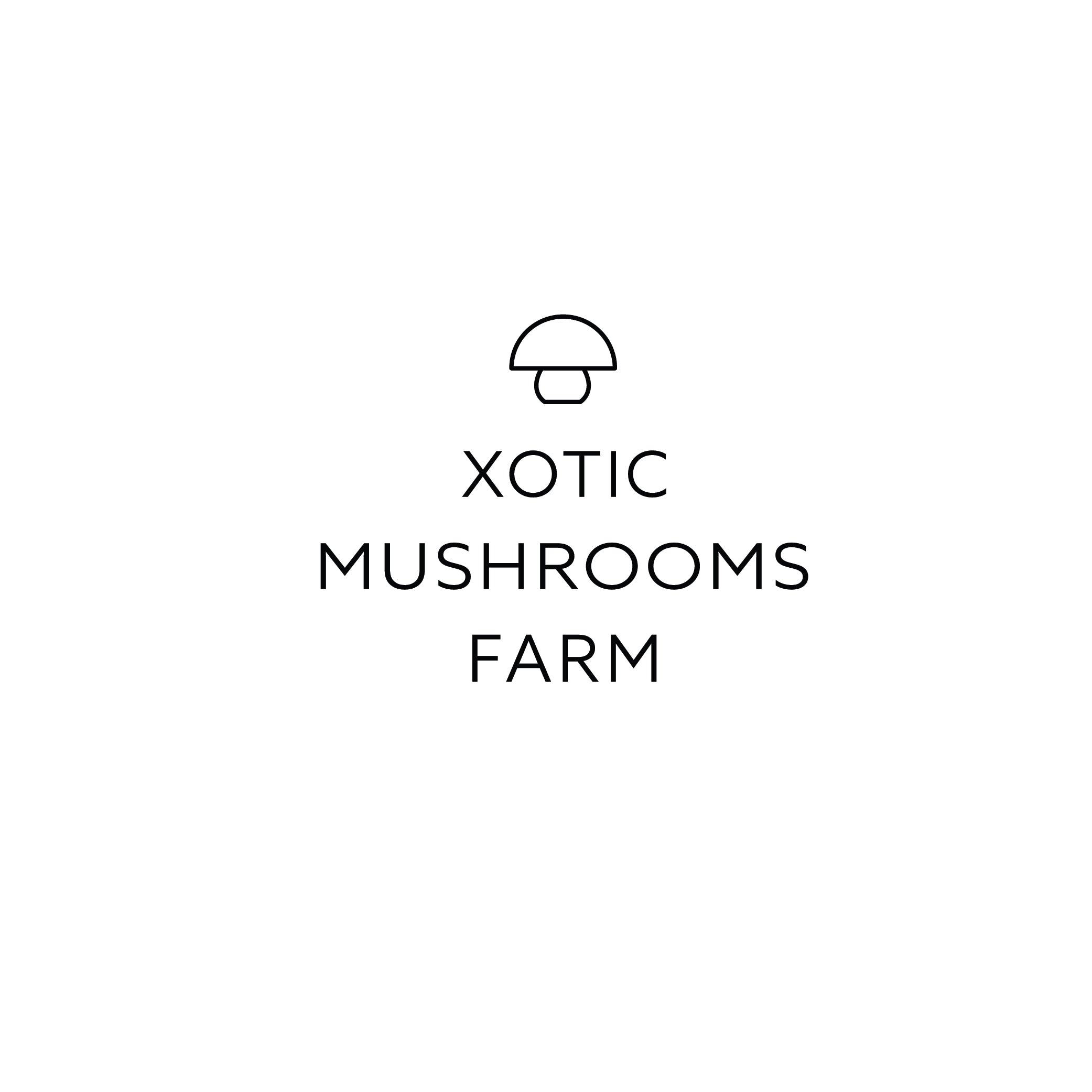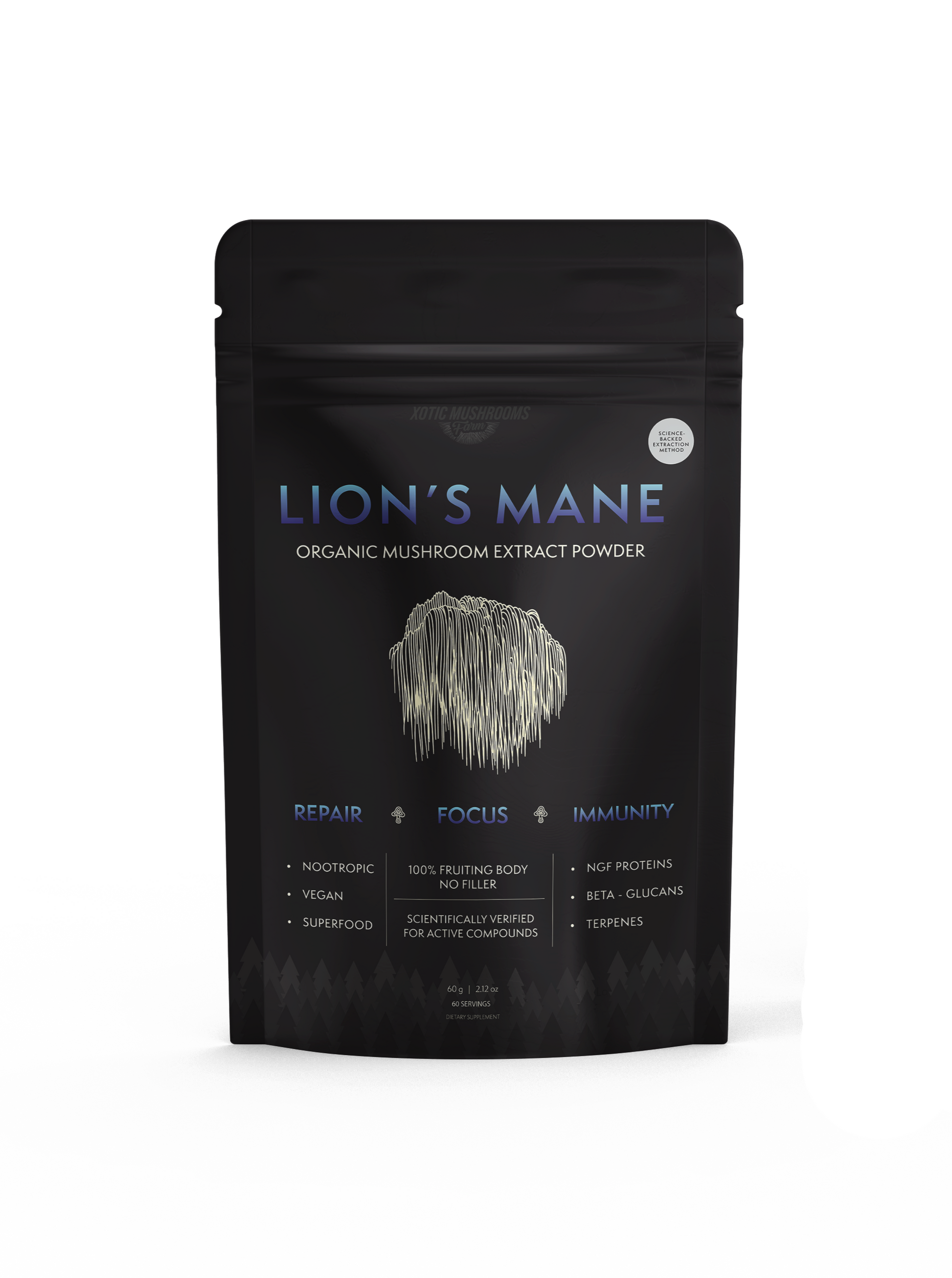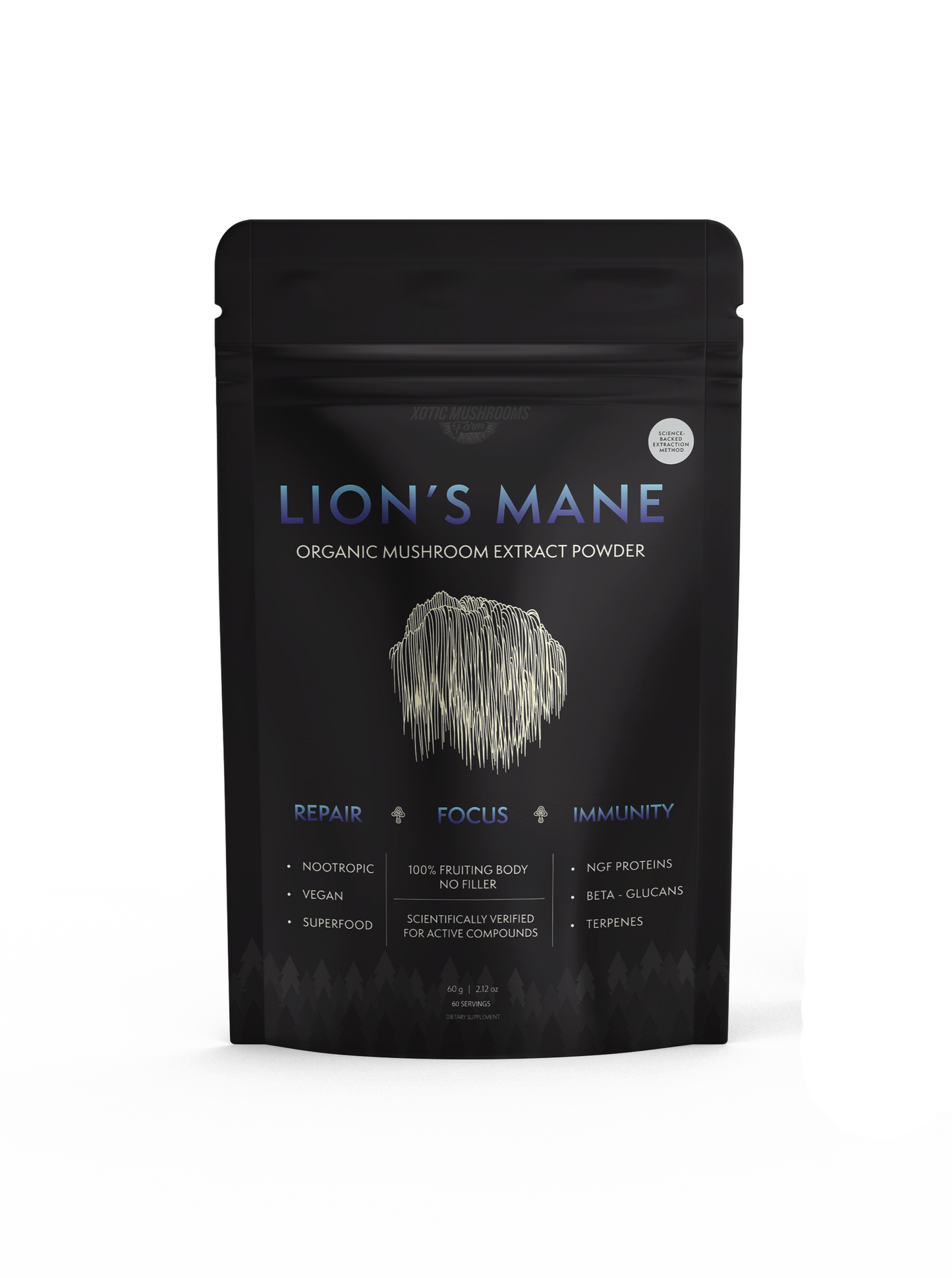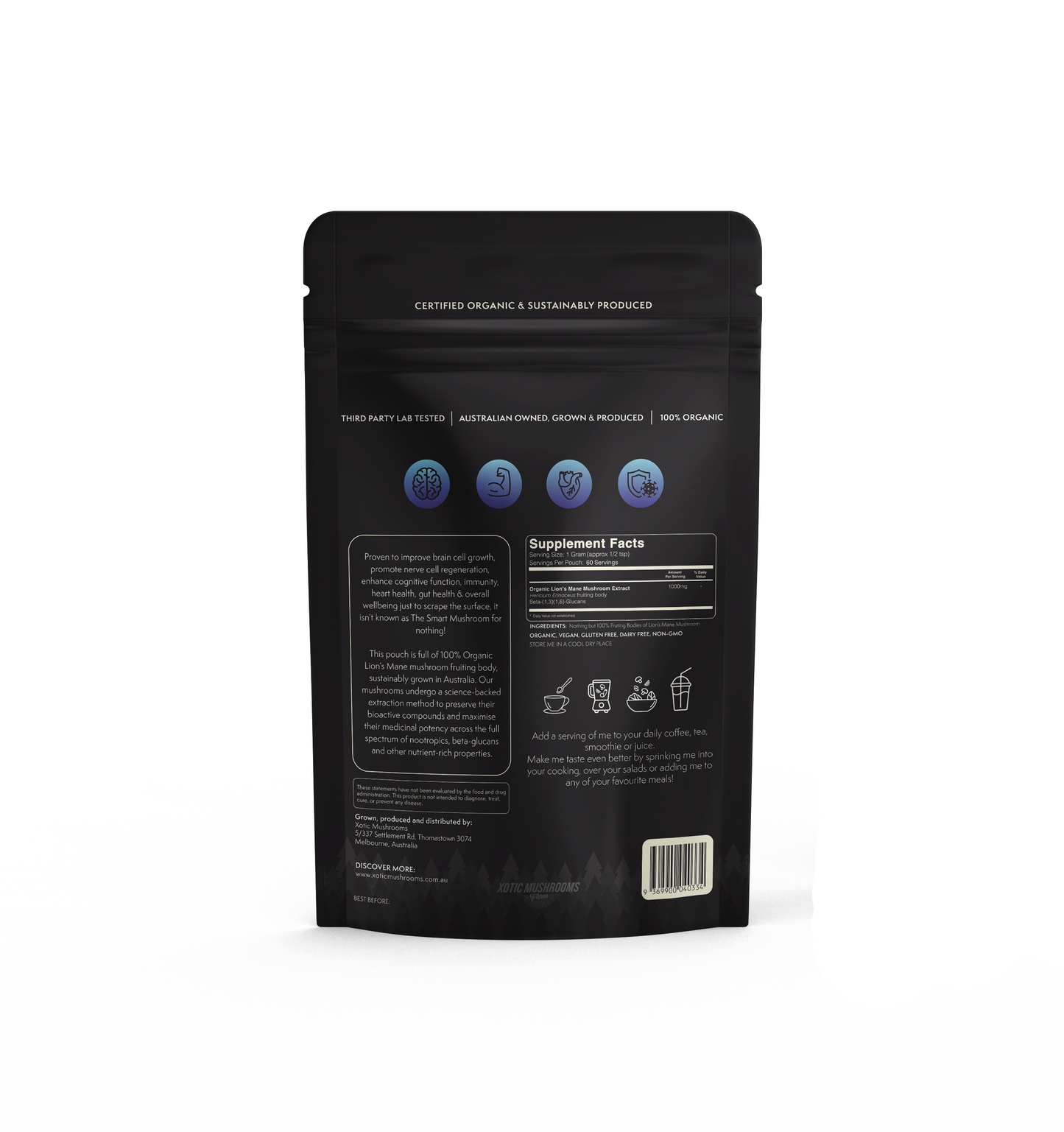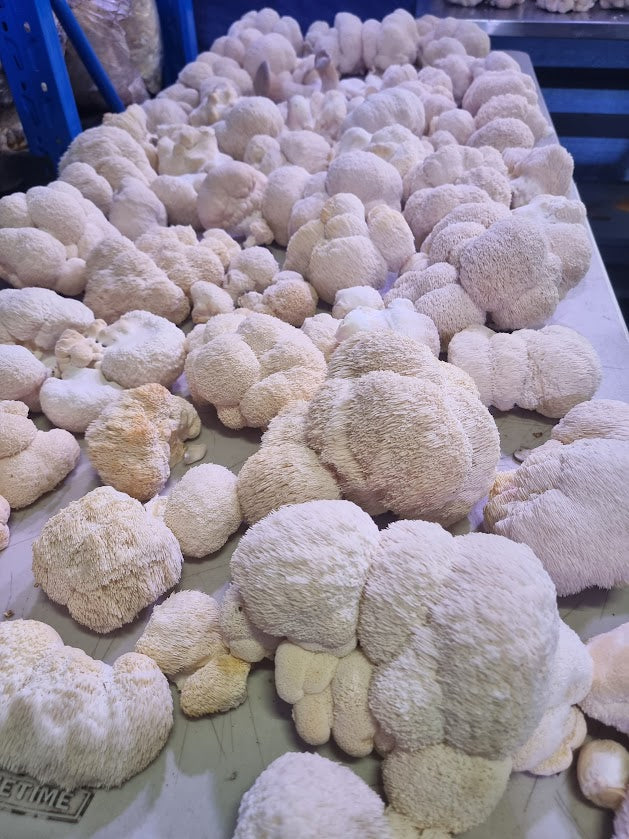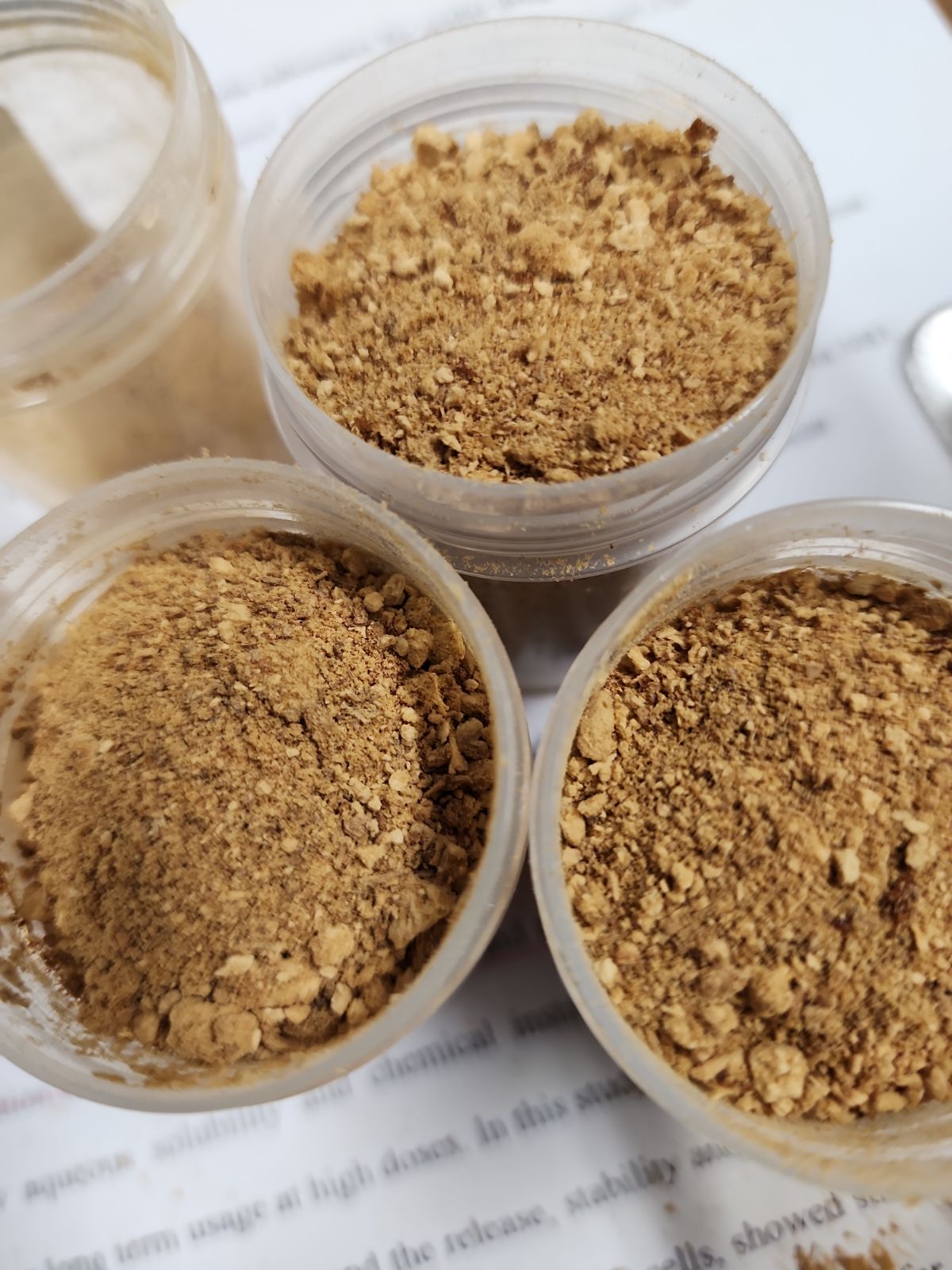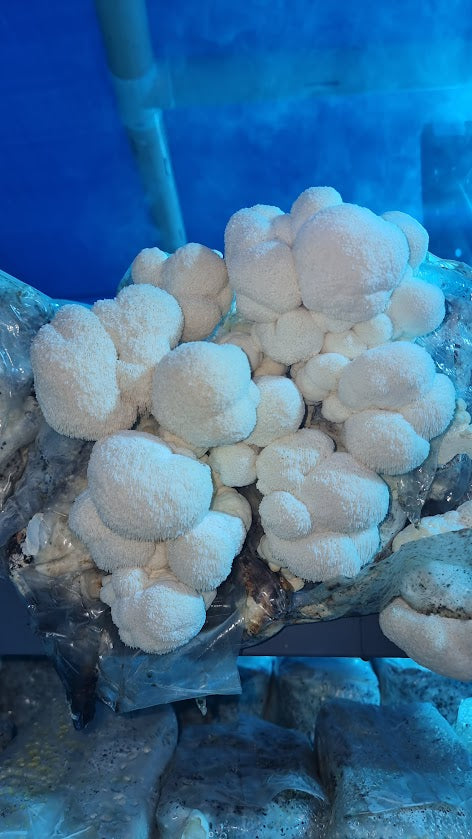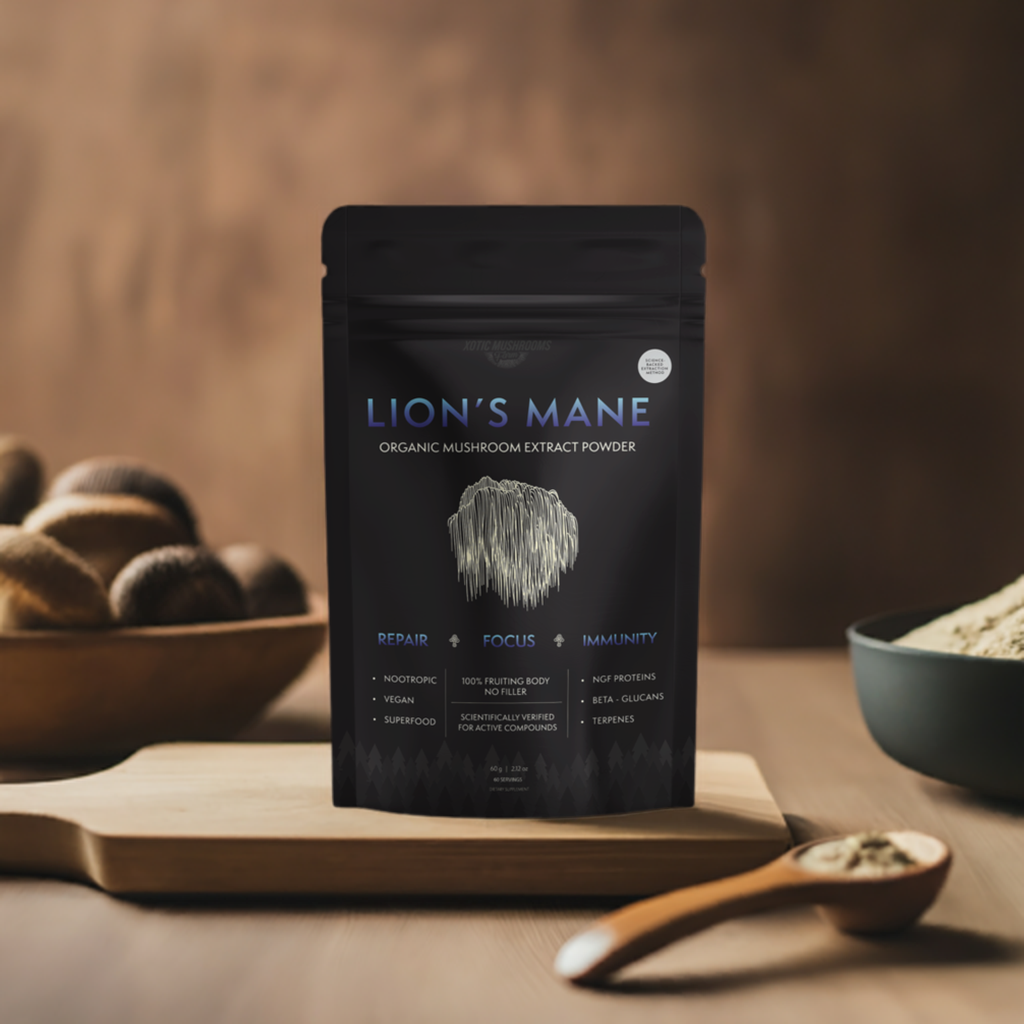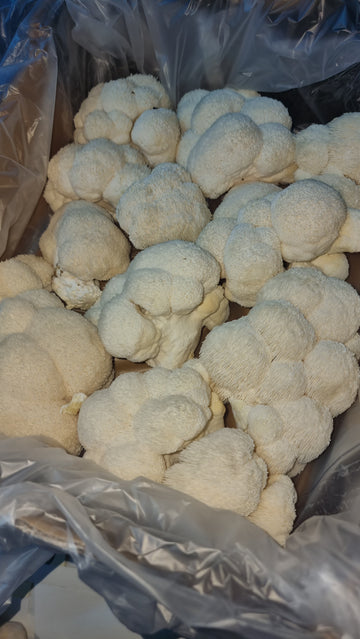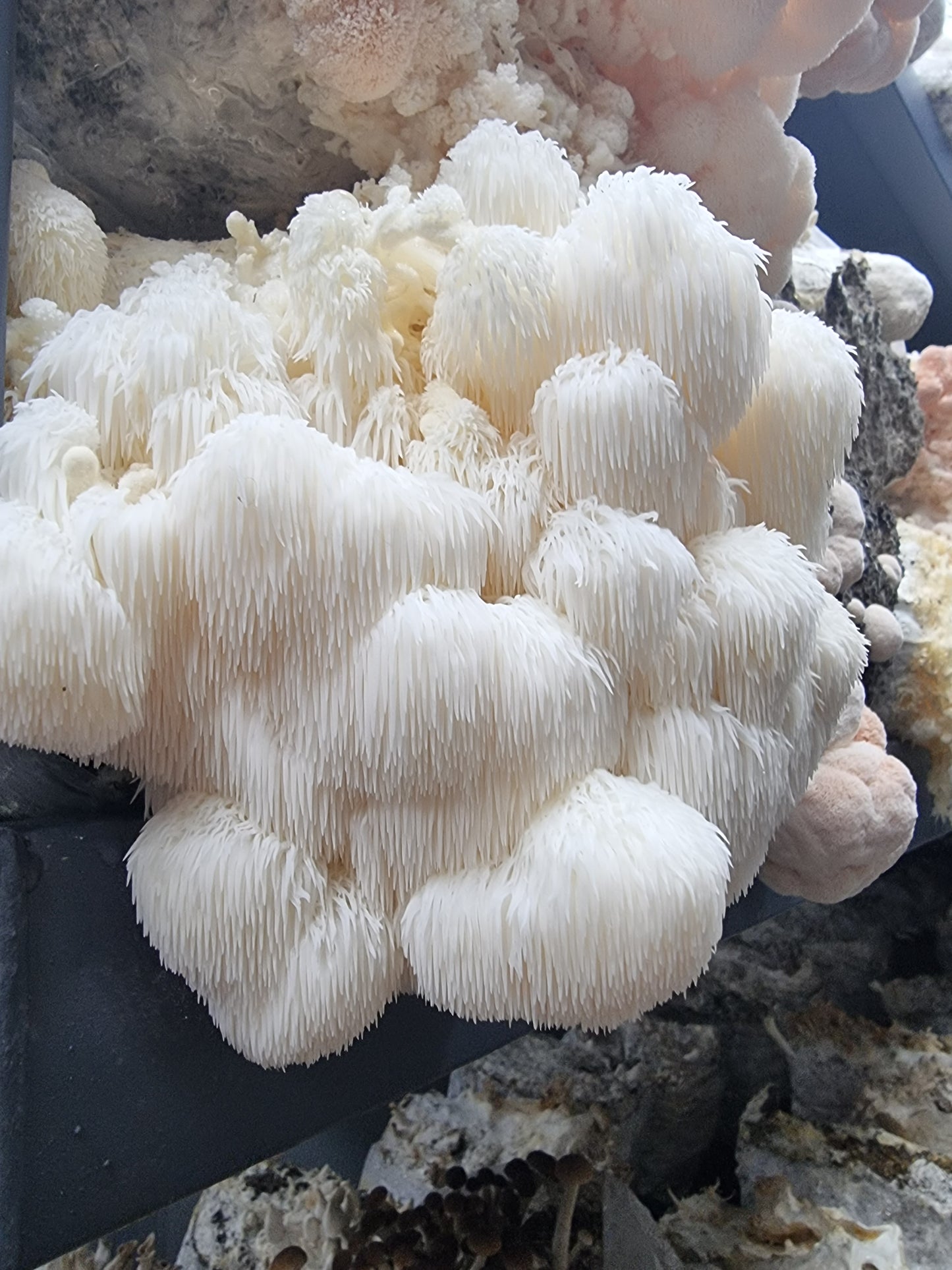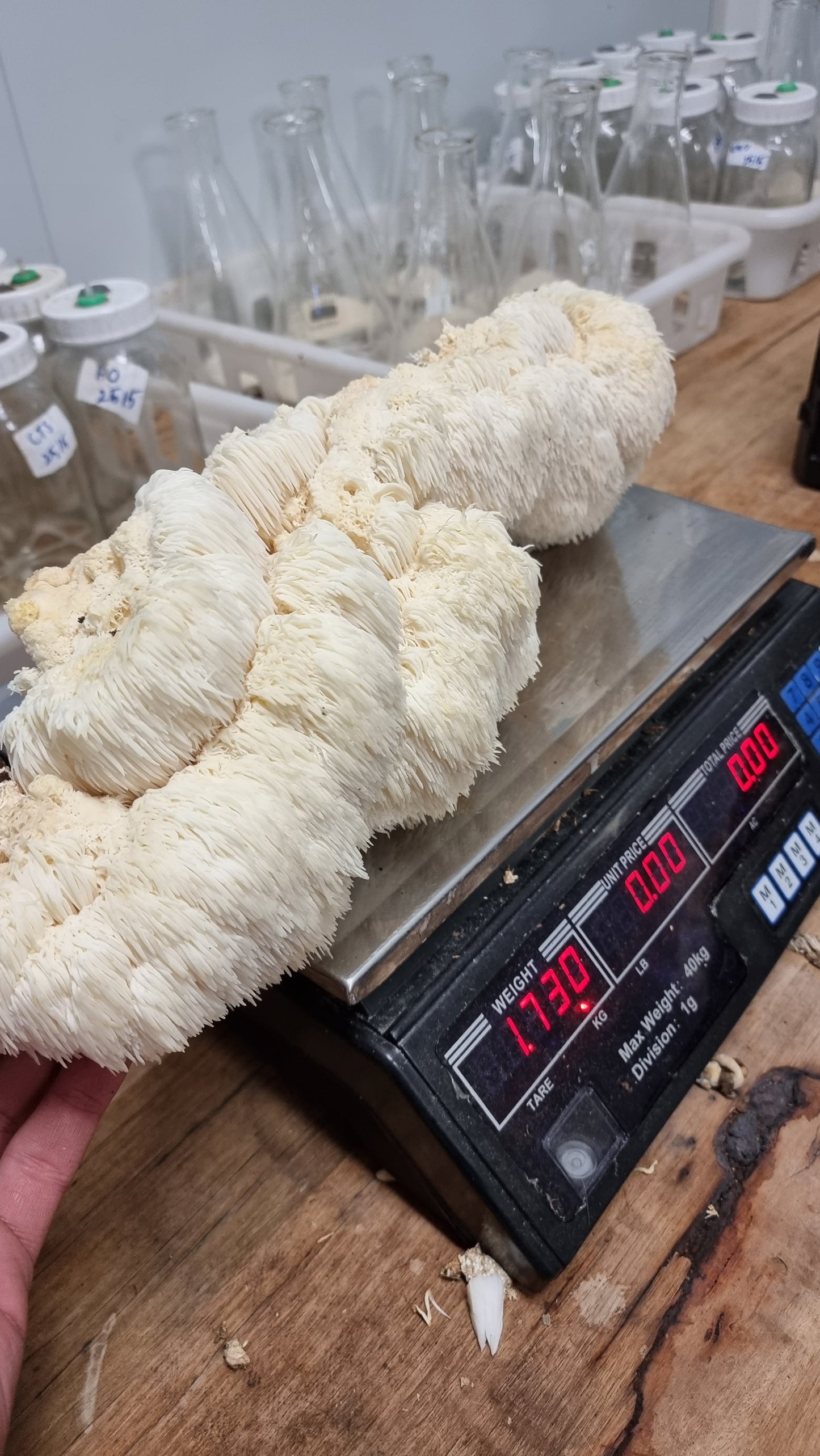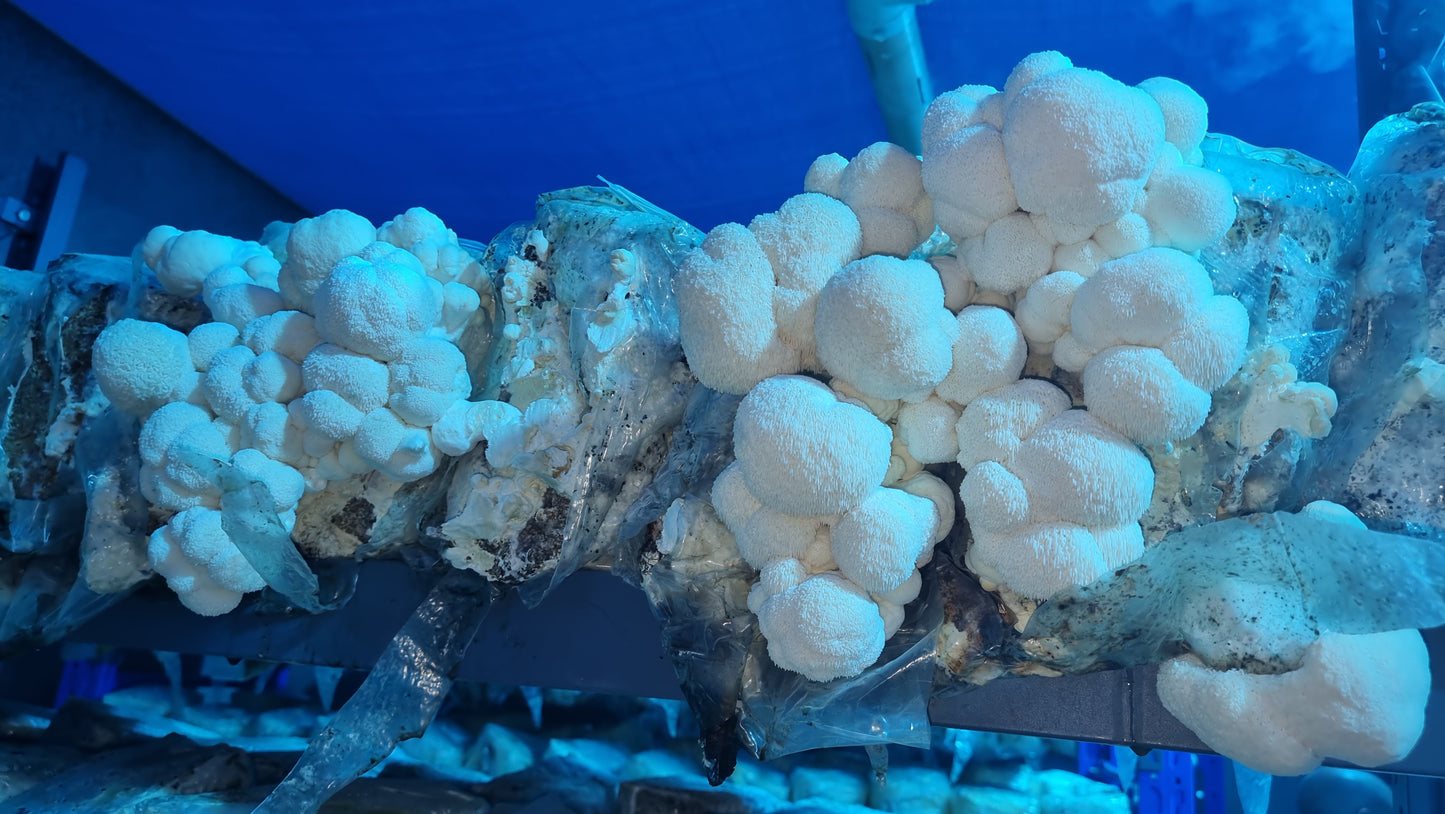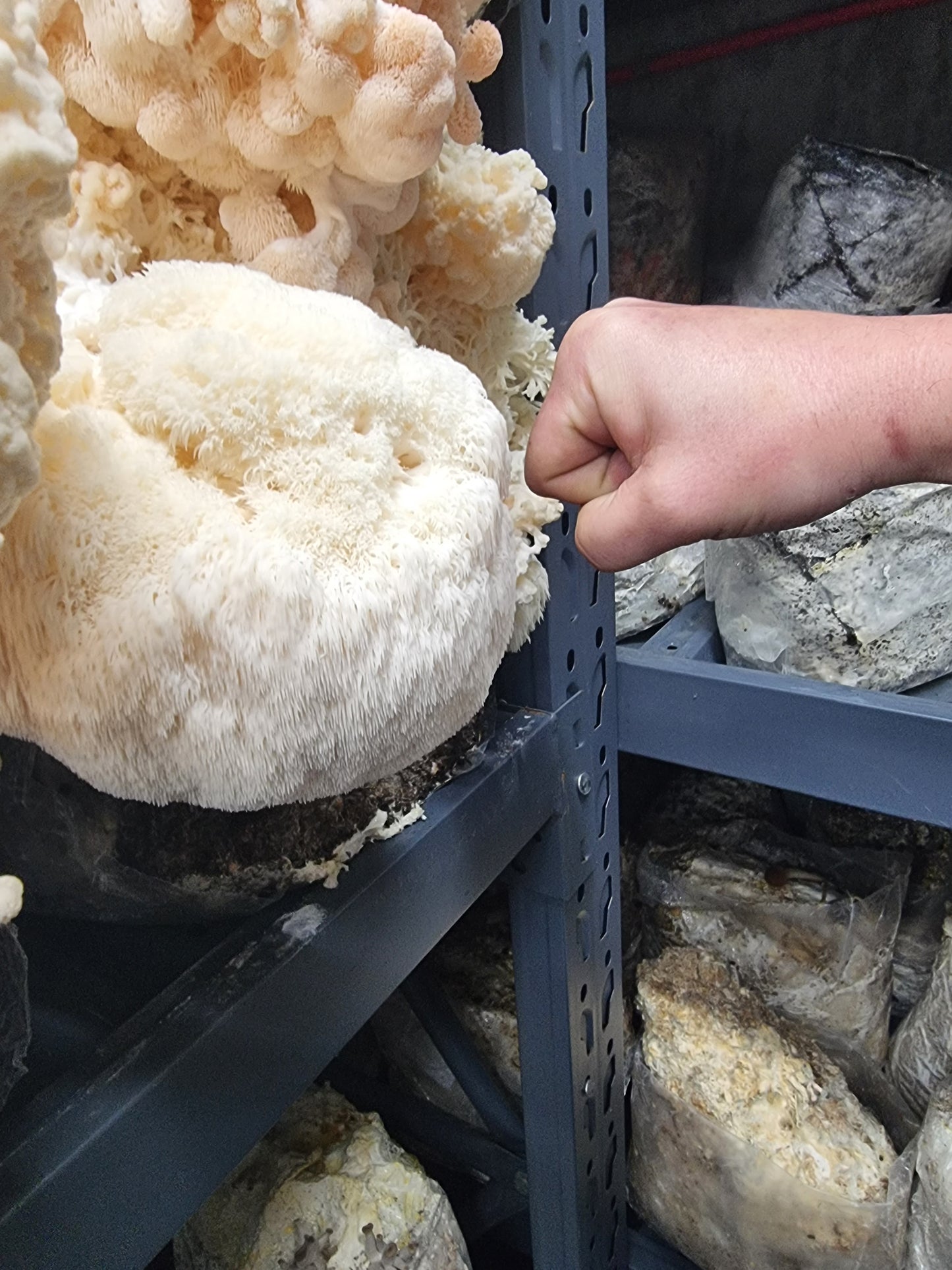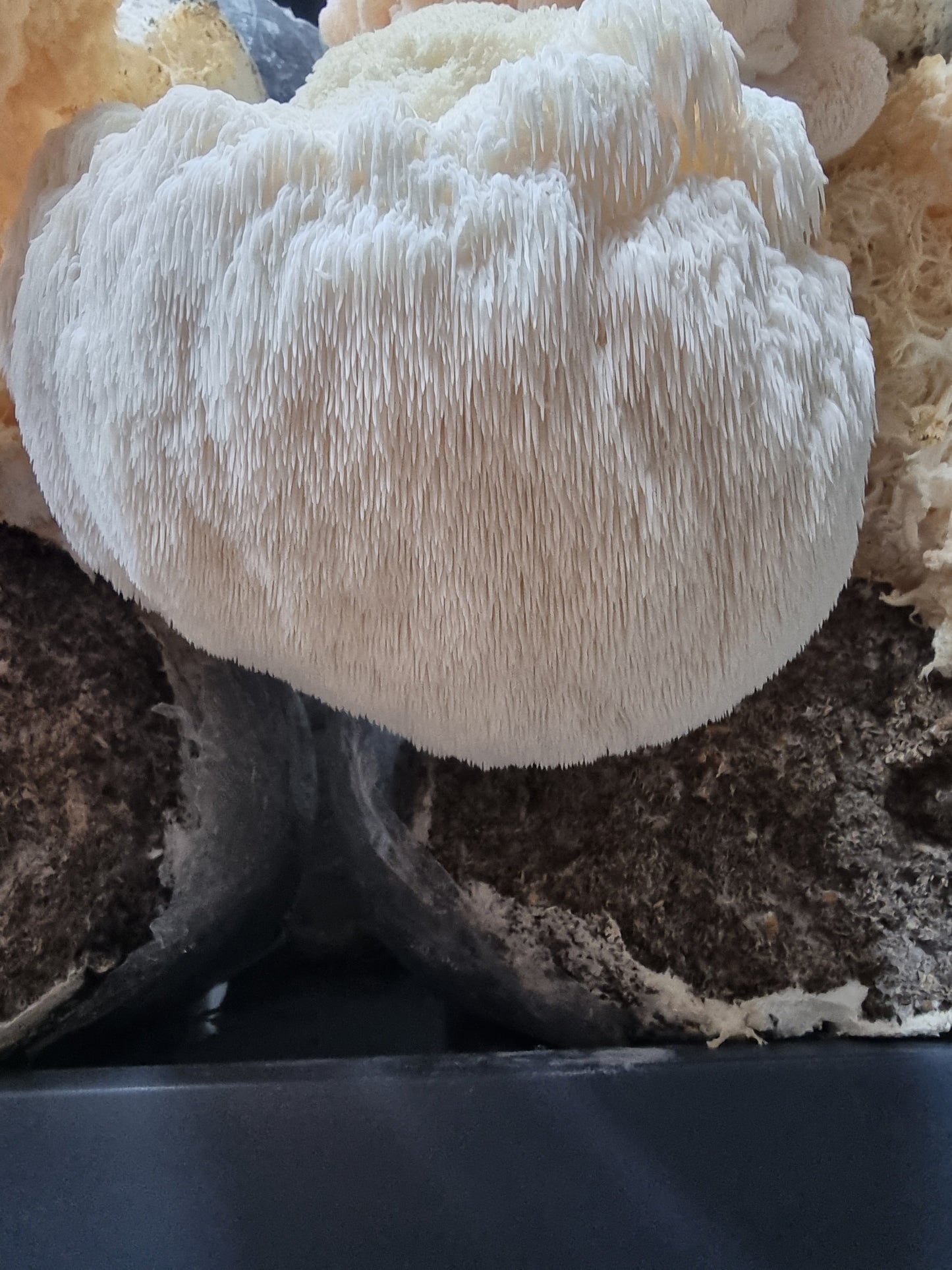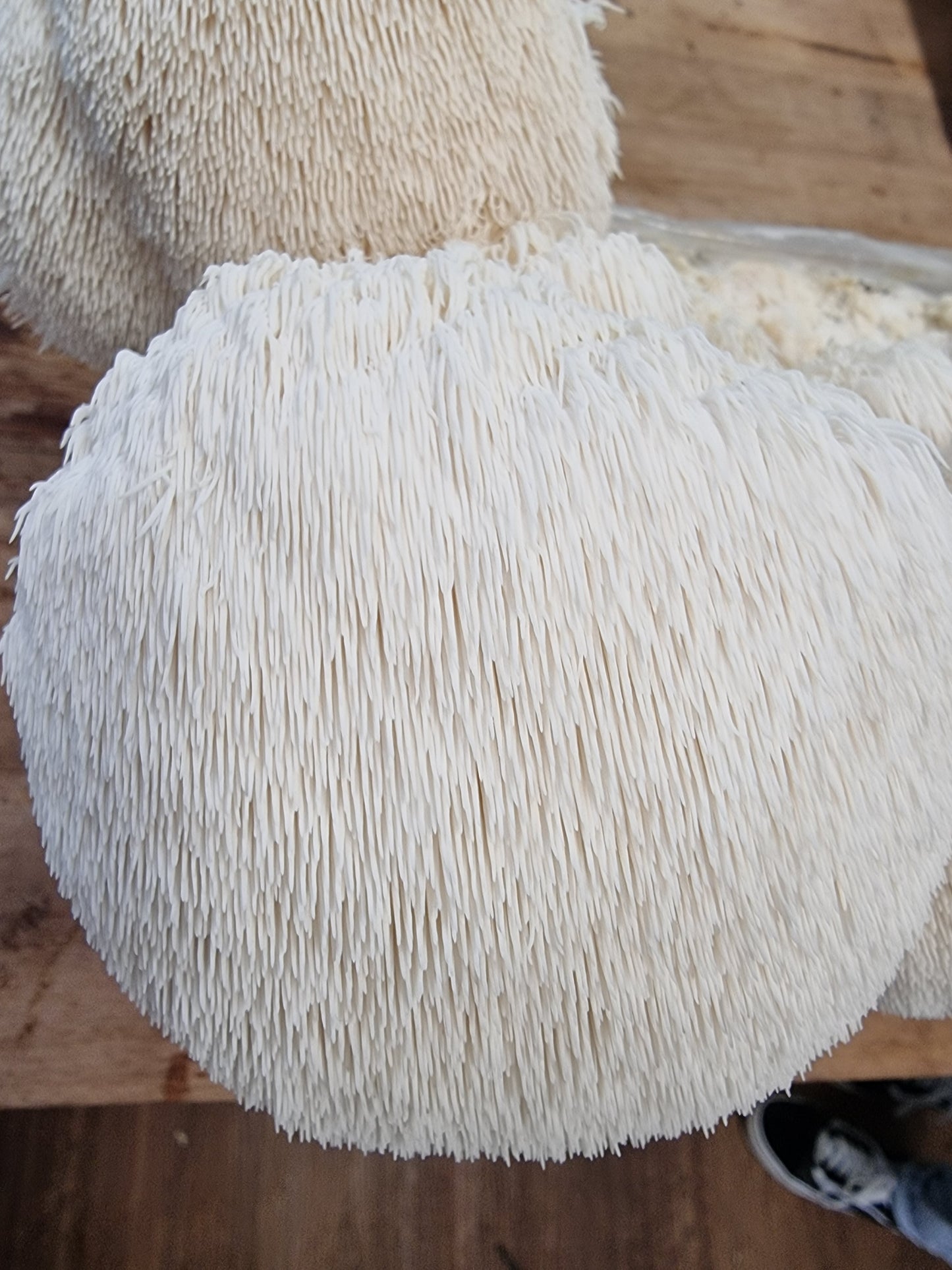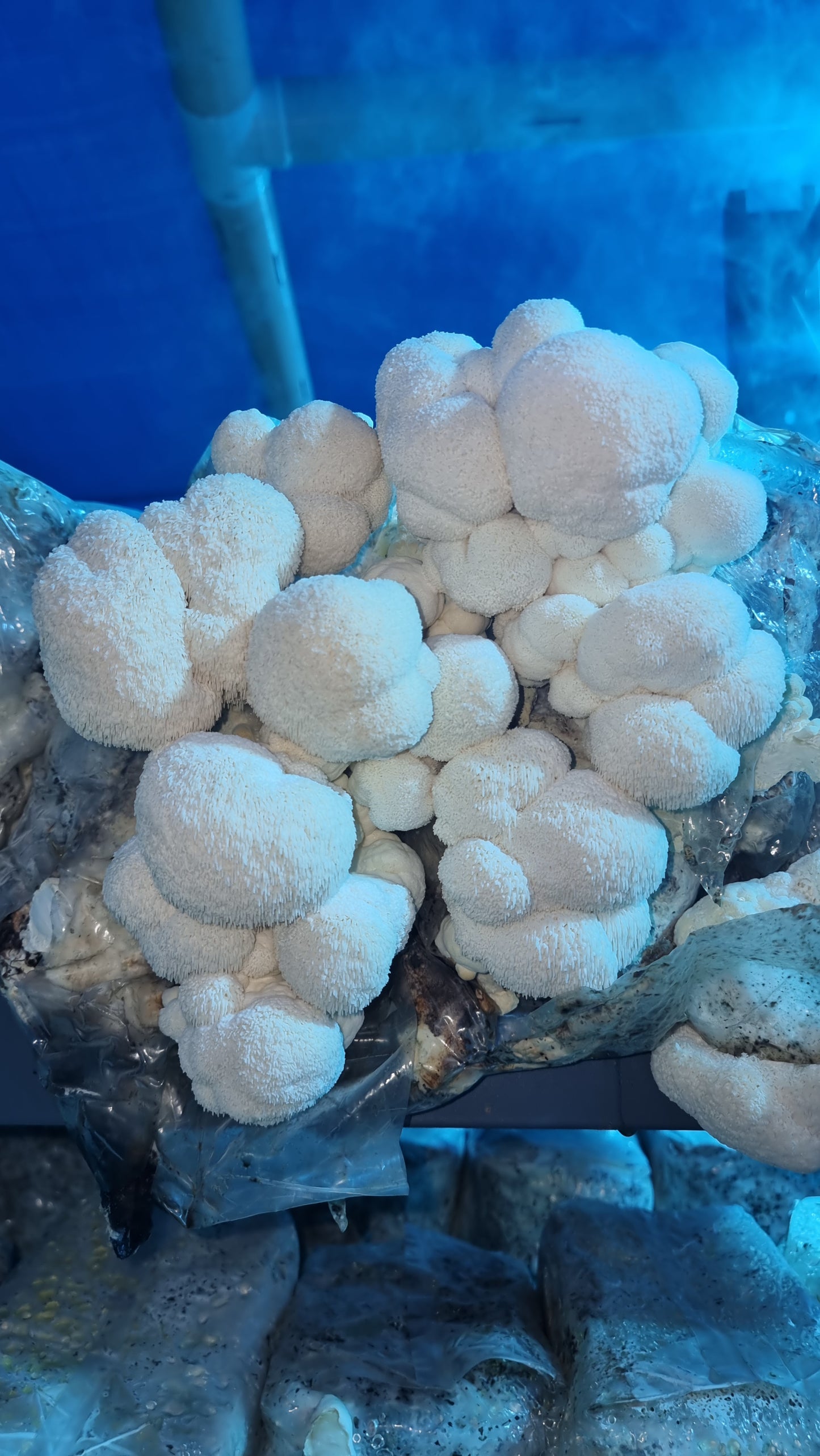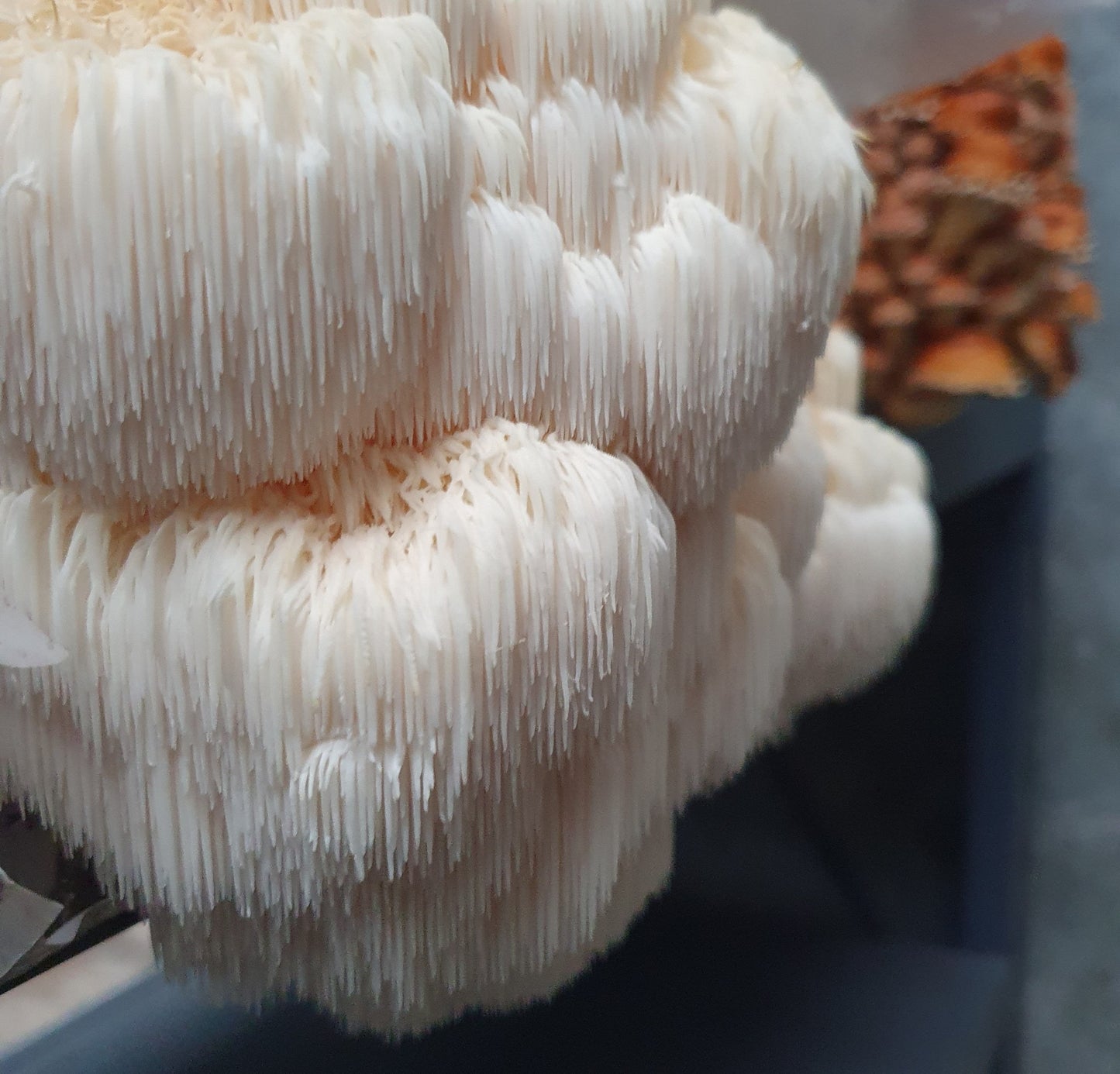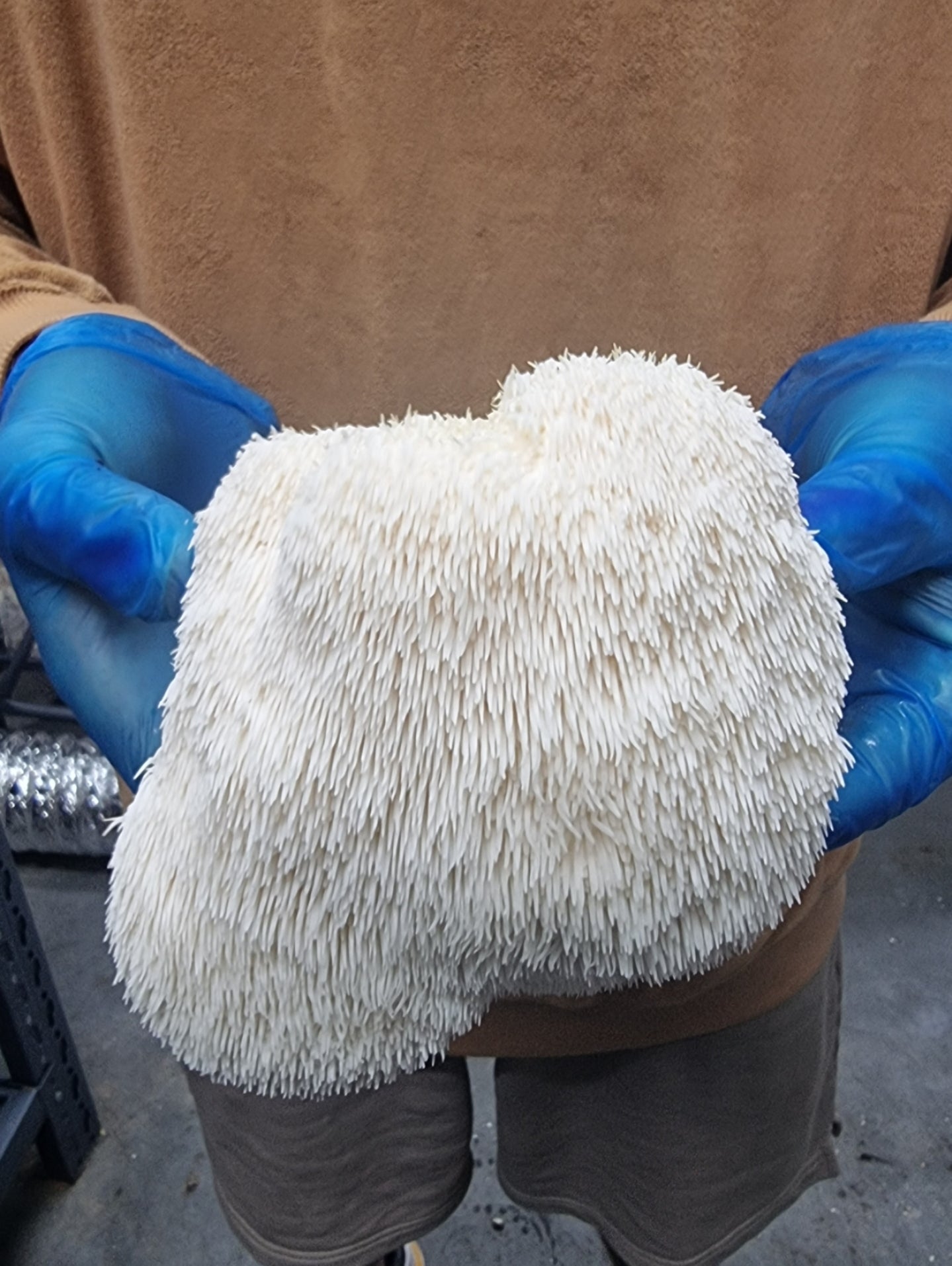Yellow oyster mushrooms are a vibrant and delicious addition to any garden or kitchen. Known for their delicate texture and mild flavour, they’re relatively easy to grow in the right conditions.
Whether you're a beginner or an experienced grower, understanding the ideal growing conditions is crucial to achieving a successful harvest.
This guide will explore the best practices for cultivating yellow oyster mushrooms, including temperature, humidity, light, airflow, and substrate selection. To grow these beautiful mushrooms quickly, let’s dive into what you need to know.
1. Temperature Requirements

Temperature control is one of the most critical factors for cultivating yellow oyster mushrooms. These mushrooms prefer a moderate environment, typically thriving between 18°C and 24°C (64°F to 75°F).
Maintaining a consistent temperature within this range helps the mycelium colonise the substrate and produce healthy fruiting bodies.
During the colonisation phase, when the mycelium is spreading through the substrate, the temperature should ideally be around 24°C (75°F). This warmth encourages the growth of the mycelium and prevents contamination.
Once the substrate is fully colonised, you can trigger the fruiting process by slightly lowering the temperature to around 18°C to 21°C (64°F to 69°F). If the temperature remains too high, fruiting will be slow or not occur.
It's also important to note that yellow oyster mushrooms prefer a consistent temperature range without large fluctuations. If growing them indoors, avoid placing them in areas where the temperature fluctuates drastically, such as near air conditioning units or heaters. Keeping the environment stable is key to ensuring healthy growth.
2. Humidity Levels
Humidity plays a significant role in mushroom cultivation, particularly for yellow oyster mushrooms, which require 80-90% humidity during fruiting. High humidity helps the mushrooms develop properly and prevents them from drying out. Maintaining this level of moisture is essential throughout the entire growth process.
During the colonisation phase, humidity doesn’t need to be as high but should still stay around 70-80% to keep the substrate moist enough for the mycelium to colonise efficiently. However, as the mushrooms start to fruit, humidity becomes more critical. You can achieve this by using misting or a humidifier indoors.
Growing in shaded areas or under-covered structures for outdoor cultivation can help maintain the necessary humidity levels, though you may need to water more often in drier climates.
3. Light Requirements

Yellow oyster mushrooms do not need direct sunlight to grow; in fact, too much exposure to direct sunlight can cause them to dry out. Instead, they thrive in indirect light, which helps trigger the fruiting process.
Typically, 4-6 hours of indirect light each day is sufficient to encourage growth. This light can come from natural sources or from fluorescent or LED bulbs.
It is important to remember that while yellow oyster mushrooms don’t require a complete dark cycle like some other mushrooms, regular exposure to light is still beneficial. If growing indoors, provide a consistent light source for about 12 hours daily to regulate the fruiting cycle.
However, keep the light intensity low, as harsh lighting can dry out the mushrooms and disrupt the delicate humidity balance.
4. Airflow and Ventilation
Good airflow and ventilation are essential for the healthy growth of yellow oyster mushrooms. Stagnant air can lead to a buildup of CO2, which hinders the development of the fruiting bodies and can lead to contamination. Fresh air circulation helps maintain a clean growing environment, encouraging solid and healthy mushrooms.
Excessive airflow isn’t necessary during colonisation, but avoiding sealing the growing environment is essential. Use breathable bags or containers with small holes for proper ventilation. Once the mushrooms begin to fruit, increased airflow becomes more important. A small fan can help circulate air and prevent the buildup of excess CO2.
Just be sure the airflow isn’t directly hitting the mushrooms, as this can cause them to dry out. Ensuring the growing area is well-ventilated will improve the chances of a successful harvest.
5. Substrate Selection

The choice of substrate is one of the most important factors in mushroom cultivation. Yellow oyster mushrooms are versatile and can grow on various organic materials. Popular options include straw, sawdust, and coffee grounds. Each substrate offers different benefits, but all must be pasteurised or sterilised to eliminate potential contaminants before the mushroom spores are introduced.
Straw is one of the most widely used substrates for yellow oyster mushrooms due to its availability, ease of use, and nutritional content. It can be pasteurised using hot water to prepare it for injection. Hardwood sawdust is another excellent option for additional nutrients, especially when combined with other materials like wheat bran.
Sawdust blocks are also durable and can yield multiple flushes of mushrooms. Coffee grounds are a great choice for smaller-scale growers, as they are nitrogen-rich and readily available. However, they must be pasteurised to ensure a clean growing environment.
6. Watering Techniques
Watering your mushrooms requires balance. Too much water can lead to contamination or waterlogging, while too little can cause the mushrooms to dry out, stunting growth. The most common method of watering yellow oyster mushrooms is mist-spraying the substrate and surrounding air.
Light misting once or twice daily is usually sufficient to maintain humidity without saturating the substrate.
It’s important to avoid overwatering, as this can cause the substrate to become soggy and promote bacterial growth. Aim to keep the substrate moist but not waterlogged.
A humidity level of 60-70% is optimal for the colonisation phase, while higher humidity levels of 80-90% are needed for the fruiting phase. Keeping a consistent moisture level is crucial to prevent the mushrooms from drying out or becoming too wet.
Common Challenges and Solutions

Growing yellow oyster mushrooms comes with its challenges. From setting up a farm and contamination to temperature control, knowing how to tackle these issues will set you up for success. Let’s explore how to overcome the most common growing obstacles.
- Contamination: Yellow oyster mushrooms are susceptible to contamination, especially during the early stages of colonisation. Always pasteurise or sterilise your substrate before inoculating it with mushroom spores to reduce the risk. Keep the growing environment clean, and avoid touching the substrate with unclean hands or tools.
- Excessive Heat: These mushrooms do not tolerate high temperatures, and exposure to heat can stop fruiting or kill the mycelium. Keep the growing environment at 18°C to 24°C (64°F to 75°F), and avoid placing the mushrooms in direct sunlight or near heat sources.
- Poor Fruiting: If the mushrooms aren’t fruiting, it could be due to incorrect temperature, light, or humidity levels. Ensure the growing environment is within the ideal range for each factor. If necessary, reduce the temperature slightly to trigger fruiting.
- Drying Out: If the mushrooms dry out, it’s often due to insufficient humidity. Increase misting or use a humidifier to maintain high humidity levels, especially during the fruiting phase.
Tips for Indoor vs. Outdoor Cultivation

Deciding where to grow your yellow oyster mushrooms—indoors or outdoors—can make a big difference. Each environment offers unique advantages and challenges. Here’s a quick look at the key factors for indoor and outdoor cultivation.
Indoor Cultivation
Indoor cultivation offers control and convenience—perfect for beginners and seasoned growers alike. Here's how to make the most of your indoor setup!
- Controlled Environment: One key benefit of indoor cultivation is controlling environmental factors such as temperature, humidity, and light. This leads to more consistent growth and fewer external variables.
- Space Efficiency: Indoor setups can be tailored to fit in smaller spaces. Vertical farming systems or shelf setups allow you to grow more mushrooms in a compact area.
- Year-Round Production: Unlike outdoor cultivation, which may be affected by weather changes, indoor cultivation allows mushrooms to be grown year-round, making it ideal for regions with fluctuating temperatures or harsh climates.
- Pest and Contaminant Control: Growing mushrooms indoors reduces the risk of pests and contamination from outdoor elements. It also makes the sterilisation of tools and equipment easier.
- Initial Setup Costs: While the controlled environment is beneficial, it does come at a cost. Indoor setups often require climate control systems, lighting, and ventilation investments.
Outdoor Cultivation
the essentials of outdoor cultivation and how to harness the power of nature to cultivate fresh, healthy crops right in your backyard.
- Lower Setup Costs: Outdoor cultivation can be more affordable, especially if you already have access to suitable land. You won't need expensive equipment like grow lights or air conditioning systems.
- Natural Resources: Outdoor environments provide mushrooms with fresh air, natural light, and moisture, creating an environment close to their natural growing conditions. Many mushroom species thrive outdoors due to these ideal conditions.
- Larger Yields: With more space and natural resources, outdoor cultivation can yield more significant quantities of mushrooms. However, this depends on the quality of the growing environment and seasonal conditions.
- Weather and Season Sensitivity: Outdoor mushroom cultivation is more affected by weather conditions, including temperature extremes, rainfall, and frost. This makes it more difficult to grow mushrooms consistently throughout the year.
- Pest and Contamination Risks: Outdoor conditions present greater risks of pests, diseases, and contamination from other plants or animals. Proper precautions need to be taken to ensure clean, healthy yields.
Conclusion
Yellow oyster mushrooms, with their vibrant hue and culinary appeal, thrive in specific conditions. Understanding their needs—a suitable substrate, optimal temperature, high humidity, and proper ventilation—can help you cultivate a bountiful harvest.
Want to learn more about growing these golden delights? Explore the world of yellow oyster mushrooms with Xotic Mushrooms and embark on your cultivation journey today!
